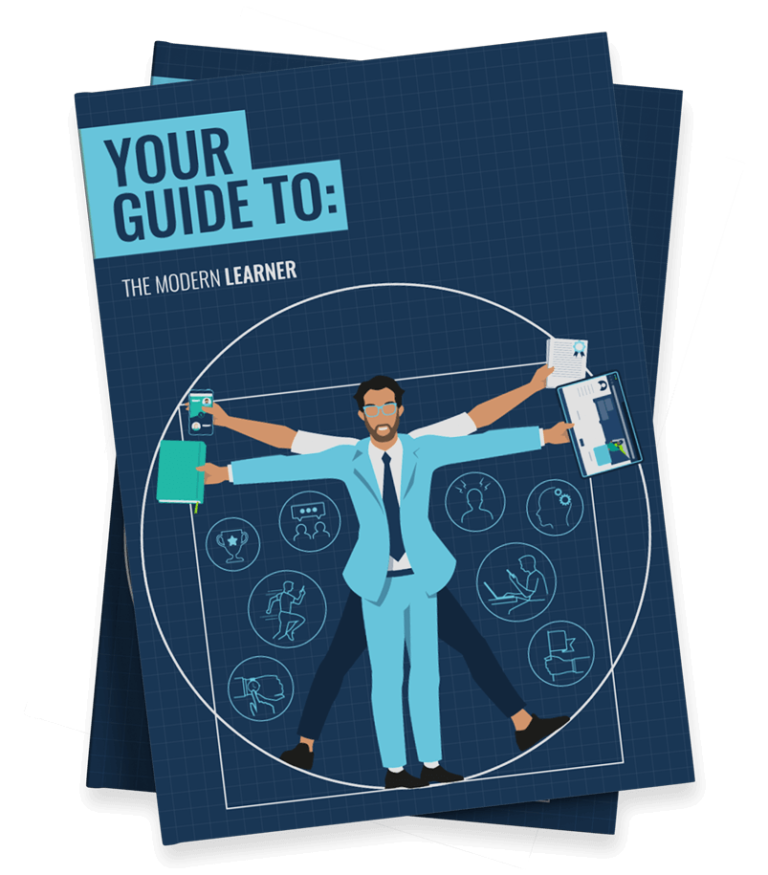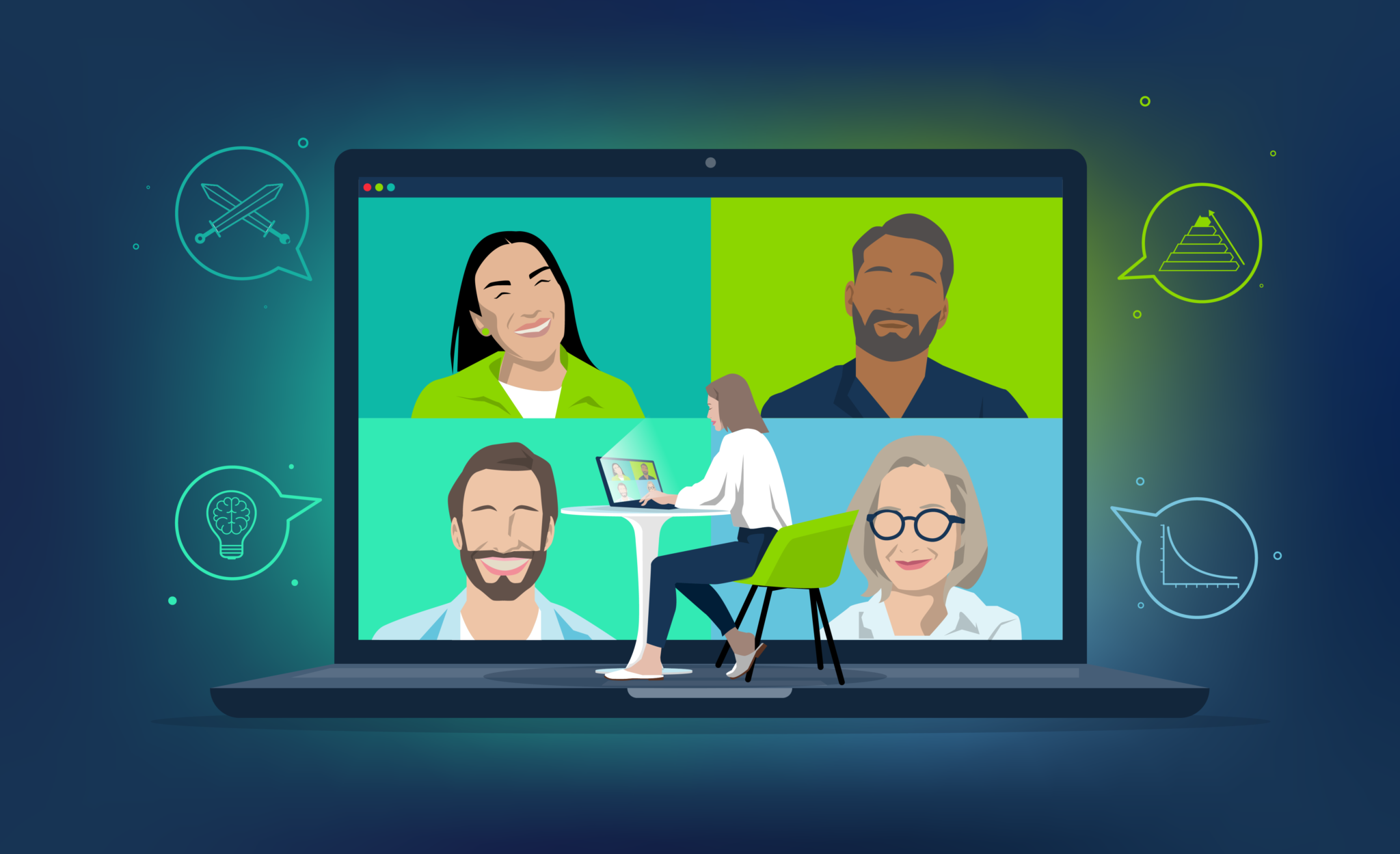
Understanding the modern learner is one thing. But capturing their attention is another. Given the constant barrage of distractions and the threat of information overload, it’s more important than ever to create engaging and effective learning experiences.
This generation of learners has more agency than ever before. The internet has democratised access to knowledge and learners now have the power to shape their own learning journeys and career pathways.
This means your role is to guide learners, rather than dictate specific activities. However, there is some good news. You have access to a wide range of proven strategies to enhance learning outcomes.
In this article, we’ll explore eight foolproof ways to engage modern learners, suggestions for integrating technology into your approach, and tips for overcoming common challenges. But first, let’s start by looking at the benefits of engaging this audience.
The Benefits of Engaging Modern Learners

You may well be wondering: is it worth the effort to adapt to the changing needs of modern learners? While it’s tempting to stick to what you know, embracing new approaches can yield significant benefits. For example:
- Increased Engagement: Modern learners have to pick and choose how they spend their time. If you don’t cater to their needs with learning that’s relevant, engaging, and personalised, you’re unlikely to motivate them into action. On the other hand, did you know that engaged individuals generate 218% higher income per employee?
- Improved Satisfaction: By providing efficient, effective, and enjoyable learning experiences, you’ll simultaneously boost learner satisfaction. In turn, satisfied learners are more likely to participate in future learning opportunities and recommend them to their peers. In fact, 70% of employees say that learning initiatives boost their sense of connection to their organisation.
- Better Retention: In today’s competitive job market, retaining your top talent is crucial. By getting your approach to learning and development right, you can foster loyalty and reduce turnover. After all, 94% of employees say they would be more willing to stay in an organisation that invests in their development.
- Boosted Productivity: By cutting through the noise and providing pertinent and timely learning opportunities, you can enhance employee performance and productivity. In fact, according to an IBM study, relevant training has been shown to lead to a 37% increase in productivity. Not bad, right?
- More Impact: Improving employee productivity and performance can lead to a variety of other benefits. Indeed, according to Accenture, every dollar spent on training generates a return of $4.53. As a result, you’ll be able to secure better budgets for future learning programmes and earn the recognition you deserve within your organisation.
Of course, the benefits don’t stop there. Tailoring your training will also improve employee wellbeing, promote collaboration, and support your organisational change initiatives. Failing to adapt could also lead to damaging consequences.
The global skills gap poses a significant threat, with potential revenue losses estimated at $8.5 trillion over the next decade. This cost can be mitigated by arming learners with the future skills they need. As a result, you’ll stay ahead of the curve and foster a culture of true innovation.
How to Motivate The Modern Learner
Now we know why it’s important to engage modern learners, we can move on to look at how we do this. The following approaches can be used to create learning experiences that this generation of learners love. Let’s get started!
1. Make it Personal

Modern learners are used to high levels of personalisation. Popular platforms like Netflix, Spotify, and Amazon tailor content recommendations based on individual preferences and past behaviour. This sets a high standard for learning experiences to match.
Studies show that personalisation programmes can boost revenue by as much as 40%. Your learning strategy can benefit too. You should start by outlining a clear WIIFM (‘what’s in it for me?’) for your audience. This will help you to establish a sense of purpose.
By tailoring learning experiences to individual job roles and interests, you’ll ensure maximum relevance. Using real-world examples and case studies can also help to enhance engagement and knowledge retention.
Still not convinced? Well, did you know that 77% of L&D pros agree that personalisation leads to better levels of engagement?
2. Break it Down
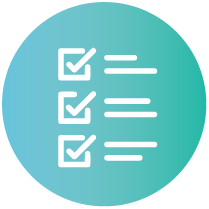
Microlearning is a learning strategy that delivers content in short, focused chunks. Rather than delivering a full 6-hour opus on a training topic, this approach would break the content down into subtopics, each with a focused learning objective.
While there’s no strict time limit, we suggest keeping microlearning experiences under 10-15 minutes for optimal engagement. This will make your content a much easier pill for modern learners to swallow.
After all, learners can easily fit these short bursts of training into their busy schedules. Plus, microlearning has been shown to boost learning efficiency by 17%. Big change can come in small packages.
3. Share Knowledge

Modern learners thrive on connection and work best as part of a wider community. That’s why they’re likely to gravitate towards social learning experiences, which involve observing and interacting with others.
There are a variety of ways you can achieve this with your audience. For example, you could encourage learners to collaborate on projects, assign mentors and coaches, or implement social learning platforms that help to track knowledge sharing.
In fact, McKinsey research suggests that leveraging social learning tools can boost organisational productivity by up to 25%. Happy learners and real results, that sounds like a win-win to us!
4. Get Your Head in the Game

Gamification is the application of game mechanics to non-gaming environments to incentivise activity. For example, you could incorporate experience points, badges, and leaderboards within your learning environment to make it more fun and competitive.
This extra level of motivation can be pure catnip for modern learners. After all, gamification empowers them to visualise their progress, attain social status, and receive instant feedback and rewards in line with their actions.
Gamification can be applied to a wide range of learning scenarios, benefiting learners of all types. In fact, 90% of employees agree that gamification helps to make them more productive. Perhaps it’s time to level up your learning?
5. Embrace Experience

As Julius Caesar once famously said, ‘Ut est rerum omnium magister usus’.
For those of us who don’t know Latin, that means ‘Experience is the teacher of all things’. And there’s some truth to that. According to the 70:20:10 framework, 70% of workplace learning happens through practical experience.
With this in mind, you should attempt to engage your modern learners with hands-on activities, simulations, and real-world projects. Seek to provide them with opportunities to develop practical skills like problem-solving and critical thinking.
Experiential learning not only engages and inspires learners, it also improves retention rates. For example, one study shows that learning through experience can improve knowledge retention by as much as 70%.
6. Tell a Story

Storytelling has been a powerful mechanism for knowledge sharing since ancient times. And today, modern learners still appreciate the power of a good story. In fact, personal stories and gossip still make up 65% of our conversations.
With this in mind, you should seek to incorporate a narrative within your key learning touchpoints. This could involve creating a story arc that connects different learning modules or using real-world case studies to illustrate key concepts.
As a result, your learners will feel more immersed and they’ll forge an emotional connection with your content. Research by cognitive psychologist Jerome Bruner suggests we are 22 times more likely to remember information presented in a story format.
7. Mix up Your Formats
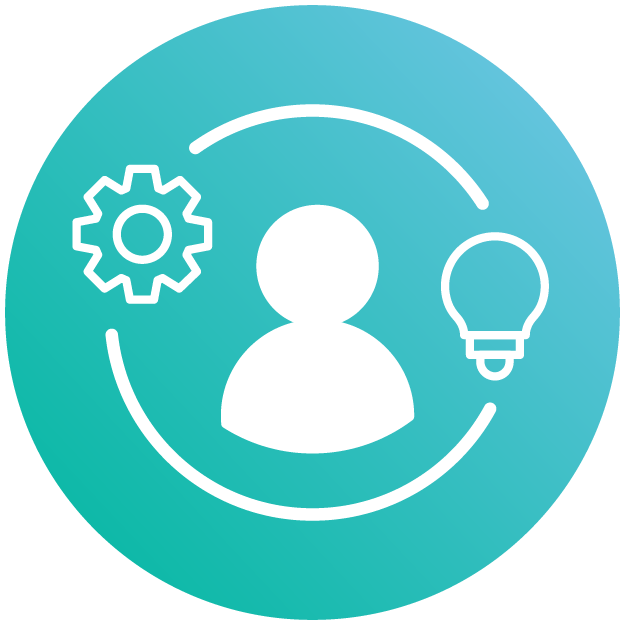
Variety is the spice of life. To keep your easily-distracted modern learners engaged, you’ll need to provide a diverse set of interactive learning experiences. For instance, you should consider including the following formats within your training programmes:
- Text-based content: Articles, research papers, and case studies
- Visual content: Videos, diagrams, charts, and infographics
- Interactive content: Quizzes, simulations, and learning games
- Audio content: Recorded lectures, podcasts, and audiobooks
While creating diverse learning experiences may require additional effort, the results are worth it. At the very least you should ensure your training material isn’t solely text-based. There’s a reason why 36% of us prefer video-based learning.
8. Learning On-Demand
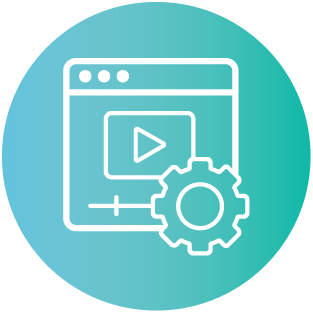
When you’re busy juggling tasks, timely access to information is crucial. If you’re a frontline worker, there’s no use learning something after an interaction with a customer. Learning should occur at the point of need, so it can be applied immediately.
Despite this, the average employee spends 9.3 hours per week searching for information. In other words, getting an answer to a pressing question is often like finding a needle in a haystack. If this process could be improved, modern learners would have an extra working day per week to get tasks done.
Of course, this is no small feat. To truly democratise access to information within your organisation, you’ll need to build a comprehensive content plan and establish the right digital tools for ease of access. This is something we’ll explore further in our next section.
Leverage Your Technological Advantage
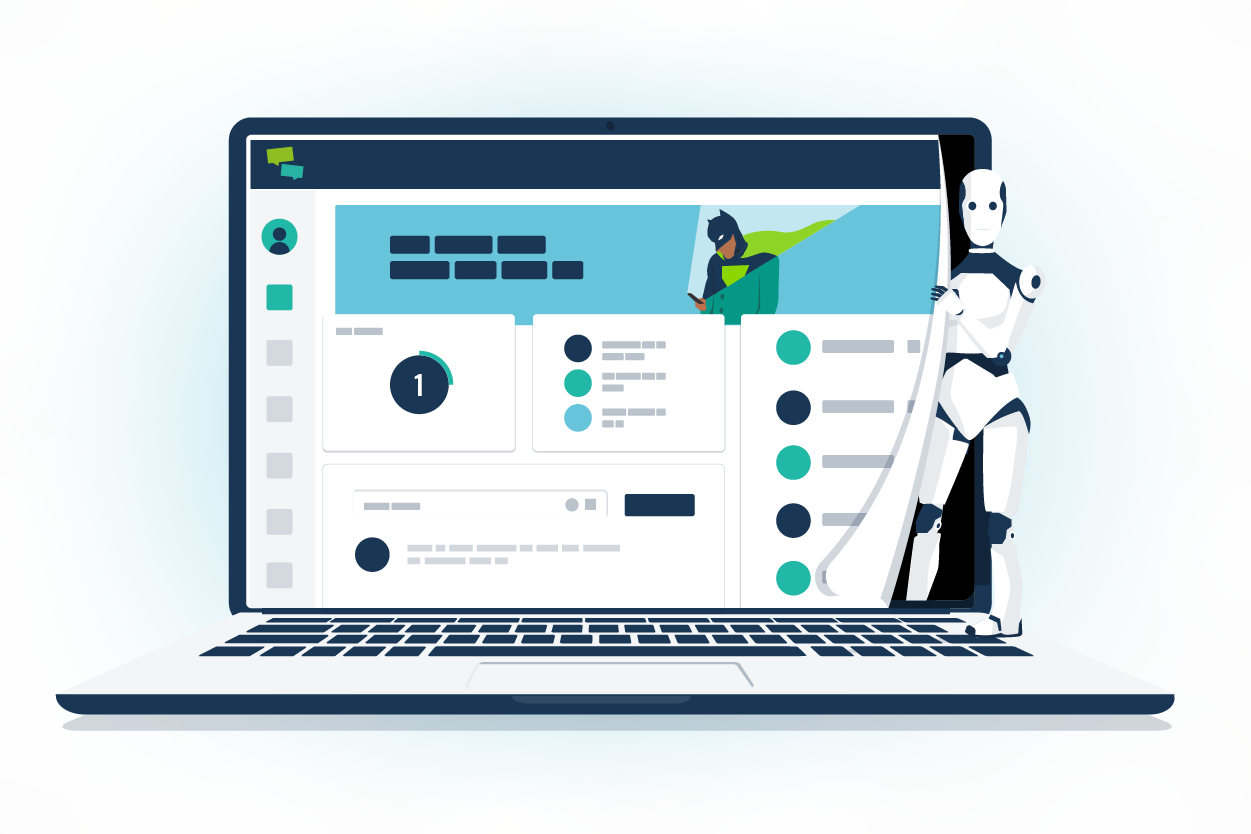
In most cases, modern learners have grown up in the digital age. As a result, they’re accustomed to using technology in both their personal and professional lives. This has created a set of expectations that you must meet to ensure a positive learning experience.
In particular, you should consider the following technological factors:
- Online Learning: Modern learners value flexibility and convenience. By implementing online learning and blended learning programmes, you can provide educational experiences that can be accessed anytime and anywhere. This empowers learners to learn at their own pace and on their terms.
- Go Mobile First: Today’s learners are never too far away from their mobile devices. As such, you should ensure that all your content is accessible and optimised for viewing on smartphones and tablets. You should even consider developing or utilising dedicated mobile learning apps to provide focused and convenient learning experiences.
- Ensure Accessibility: As with any group of learners, modern learners have to contend with disabilities and impairments. Fortunately, technology can help to bridge these accessibility gaps. You should adhere to accessibility standards like WCAG and provide content in multiple formats to accommodate diverse learning needs and preferences.
- Data Analytics: Implementing online learning solutions will also grant you access to a wealth of data. In turn, you’ll gain valuable insights into learner engagement, performance, and preferences. This means you’ll get to know your modern learners better and will be well-placed to optimise your learning programme.
- Automate With AI: The artificial intelligence (AI) revolution is reshaping industries, and education is no exception. Learning professionals everywhere should sit up and take notice. Where possible, use AI to tailor content, create learning pathways, and streamline your processes. If you’re using AI to generate learning material, ensure you do so responsibly.
Balancing Intrinsic and Extrinsic Motivation
By now, you might be wondering: can’t I just incentivise my modern learners to take action through rewards and recognition? Alternatively, couldn’t we make training completion mandatory? These carrot and stick questions are worth considering.
Ultimately, engaging your learners requires a delicate balance between two types of motivation:
- Intrinsic Motivation: This type of motivation comes from within. It’s the drive to do something because it’s inherently satisfying or enjoyable. For example, you might seek to learn the guitar because you find it fun and relaxing.
- Extrinsic Motivation: This type of motivation comes from external sources. For instance, you might be motivated to act, based on the promise of a reward, or the threat of punishment. As an example, the grading system in schools is a form of extrinsic motivation.
While extrinsic motivation can be useful for short term goals, or learning topics where there’s limited interest or appeal, it does have some serious limitations. What’s more, implementing a robust rewards system can be costly and time-consuming.
As such, we recommend focusing on intrinsic motivation, as this is more sustainable and leads to deeper learning experiences. Your modern learners already want to take ownership over their development. Enabling this requires open access to relevant learning, support when needed, and gentle encouragement.
This will all be worthwhile. After all, this 2011 study shows that intrinsic motivation is three times more powerful than extrinsic motivation. Additionally, McKinsey data reveals that intrinsically motivated employees are:
- 32% more committed to their job
- 46% more satisfied with their work
- 16% more productive than their peers
Overcoming Modern Learning Challenges

Unfortunately, even if you implement all these recommendations, your modern learners still won’t have everything their own way. With this in mind, here are a few additional challenges to consider, along with our suggestions for overcoming them.
- Distractions: With constant distractions from social media, messaging apps, and emails, your modern learners will have to fight to maintain focus. To combat this, provide guidance on creating a distraction-free environment, minimising digital noise, and adopting a suitable time management technique.
- Procrastination: Even without distractions, the temptation to delay tasks or avoid difficult subjects can hinder the progress of even the most persistent learner. To mitigate this, we recommend providing each learner with clear development goals and a structured study plan. Assigning a colleague or a study buddy can also help keep learners accountable.
- Mental Health: For some learners, a new training programme could be viewed as an additional burden. This can increase stress levels and negatively impact learner performance. As such, it’s crucial that you establish realistic goals and provide accessible social and support channels where learners can openly discuss their concerns.
- Information Veracity: As you empower your audience to take charge of their learning, a new challenge will emerge: the rise of misinformation and fake news. To help learners navigate this new landscape, we recommend providing training to enhance their critical thinking skills. This training should enable them to evaluate the credibility of sources and verify information.
- Technology Changes: As technology evolves, even modern learners may struggle to keep up. Just look at the relatively slow adoption of AI. To address this, focus on developing strong digital skills and fostering a culture of continuous learning. You should also take care to highlight the benefits of emerging technologies and how they can enhance career prospects.
Feedback and Optimisation
Even after implementing our suggestions and addressing the challenges we’ve outlined, you still won’t be able to rest on your laurels. To ensure the ongoing success of your learning initiatives, it’s crucial to continuously evaluate and refine your strategies.
Start by selecting an evaluation model, such as the Kirkpatrick Model, and determining the depth of your assessment. Then you’ll need to implement regular feedback mechanisms to assess the effectiveness of your learning strategies.
You should seek to gather insights from your learners through surveys, interviews, and focus groups. If you’re using online learning solutions then you’ll be able to generate reports and analyse data to identify trends.
Following this, adapt your approach based on the results you’ve observed. As you optimise your learning programmes, remain open to new ideas, stay informed about the latest trends and technologies, and actively listen to what your modern learners are telling you.
Final Words
Engaging the modern learner in today’s noisy digital world can feel like a daunting task. Thankfully, there are proven strategies to cut through the clutter and captivate your audience.
By personalising your training programmes, embracing social learning, and incentivising the experience through gamification, you’re sure to make an impact. You can then boost your results by using technological solutions like mobile learning apps and artificial intelligence.
Of course, there will be other challenges along the way. But none of these are insurmountable if you take a proactive approach. By maintaining an open dialogue with your learners you’ll adapt to their evolving needs and be ready for whatever comes.
And your modern learners will thank you for it.
Thanks for reading. Ready to dive deeper into the world of modern learners? Download our comprehensive guidebook to unlock the secrets of engaging this dynamic audience. Get your copy now!

